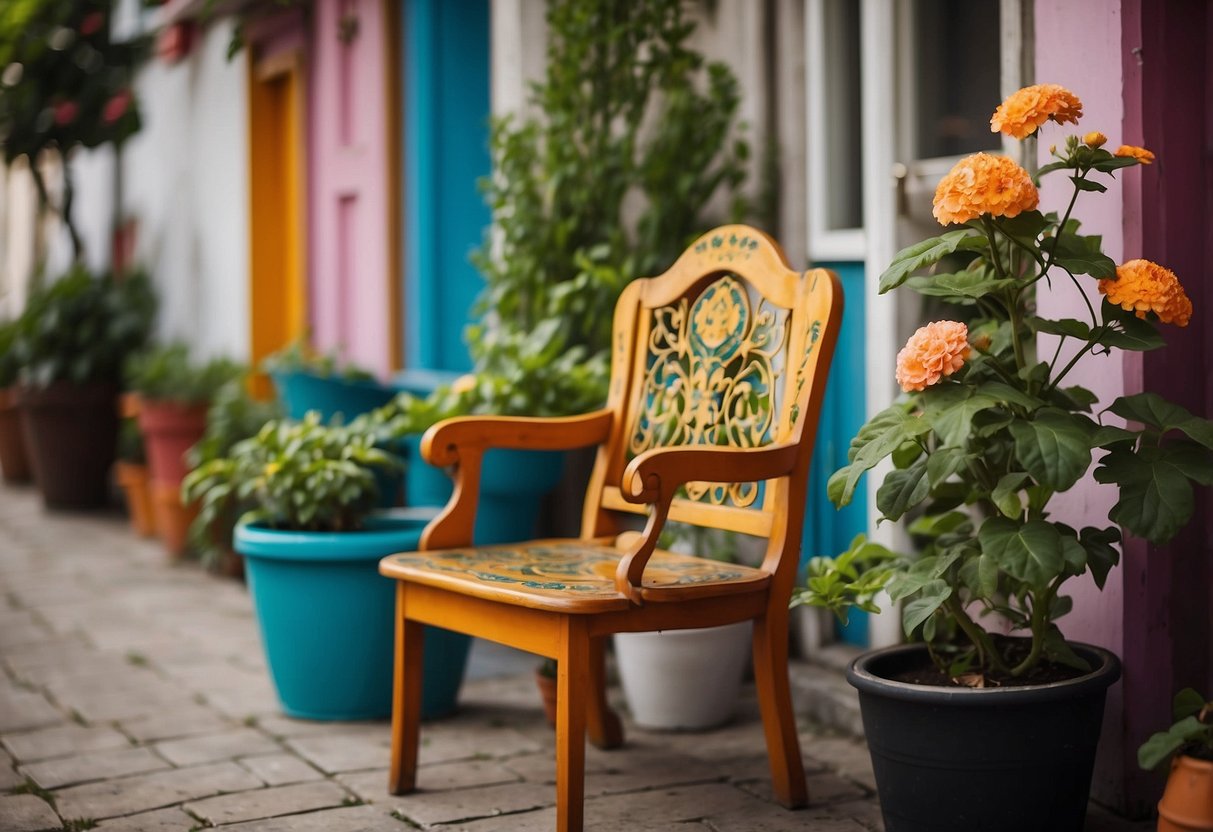
Upcycling old furniture can breathe new life into pieces that might otherwise be discarded. Whether it’s a vintage dresser that’s seen better days or a plain coffee table in need of some flair, this guide offers creative ideas to repurpose and refresh your home decor. From simple DIY painting techniques to more intricate repurposing projects, there are countless ways to transform furniture.
For those new to DIY, starting with paint can be the easiest way to make a significant impact. A fresh coat of paint can dramatically change the look and feel of furniture, giving it a contemporary or vintage aesthetic based on your color choice and technique. Experimenting with stencils, distressing, or adding unique hardware can add personality and charm.
Beyond painting, there’s a world of creative possibilities to explore. Think about repurposing items, like turning an old door into a stylish headboard or using vintage crates as shelving. Upcycling not only saves money but also adds unique character to your home, ensuring your decor is one-of-a-kind. Each piece tells a story, making your space truly personal and dynamic.
Understanding Upcycling
Upcycling old furniture not only breathes new life into used items but also promotes sustainability, reducing waste and benefiting the environment. This section explains the process of upcycling and highlights its numerous benefits.
The Upcycling Process
Upcycling involves transforming old furniture into something attractive and functional. This process can range from simple repainting to more extensive reimagining of the piece’s use.
First, identify the potential in a discarded item by examining its structural integrity. A sturdy frame or unique feature can serve as a solid foundation. Next, gather materials and tools needed for the project. This may include paint, fabric, screws, or even entire sections from other pieces. Creativity is key in this step, as each project can be tailored to fit individual tastes and design preferences.
The process often includes sanding down surfaces, applying primer, and adding layers of paint or stain. Some may choose to reupholster cushions or add decorative hardware. These changes can refresh and renew the furniture, making it a delightful addition to any room. Upcycling is both a practical and artistic endeavor, offering infinite possibilities for customization.
Benefits of Upcycling Furniture
Upcycling furniture offers multiple benefits, both personal and environmental. One major advantage is sustainability. By reusing and repurposing old items, it reduces the demand for new products, leading to less waste and a smaller carbon footprint. This practice aligns well with eco-friendly initiatives and helps keep items out of landfills.
Another benefit is financial savings. Upcycling allows individuals to create unique, stylish pieces at a fraction of the cost of buying new furniture. It also enables the use of high-quality materials that might be too expensive when purchased new.
Additionally, upcycling furniture encourages creativity and can be a rewarding hobby. Personalizing items to fit a specific aesthetic or need results in unique pieces that reflect individual character. This process fosters a connection between the item and the upcycler, enhancing the enjoyment and value of the final product.